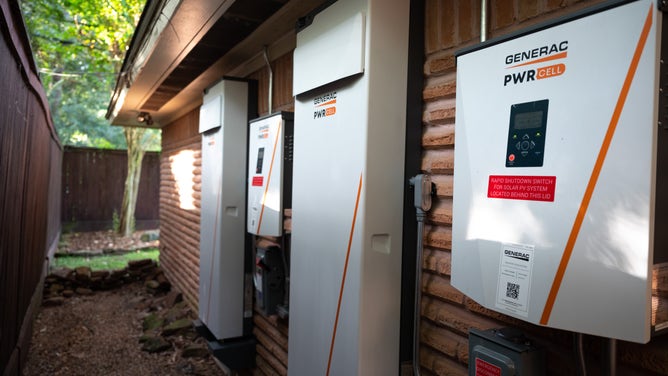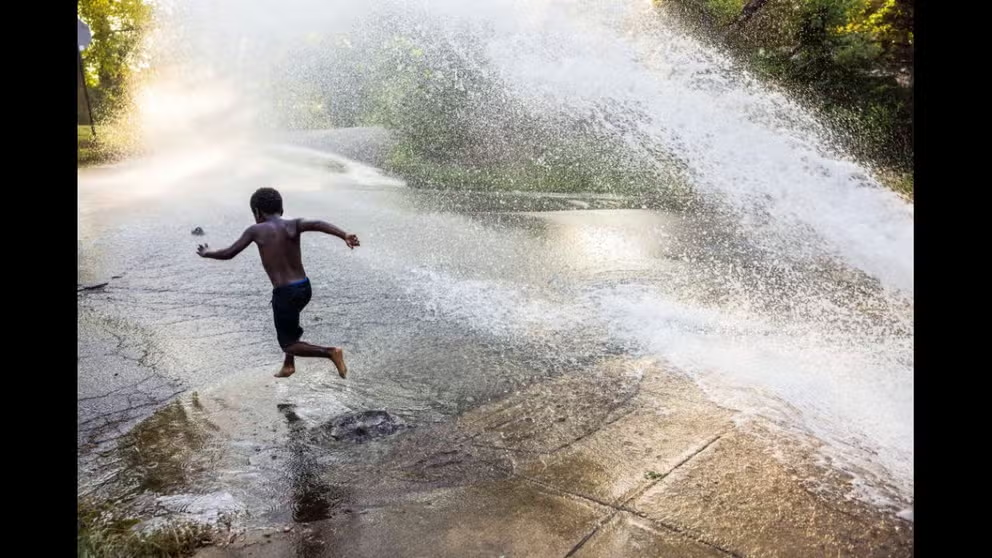How companies use rolling blackouts to manage the power grid
Utility companies cut power to one area for a few hours and then another region to prevent widespread outages
How heat and drought impact our power grids
Nick Loris, Vice President of Public Policy at C3 Solutions, explains how extreme heat and drought can impact our power grids.
Electricity providers may use specific methods to manage the power grid and prevent widespread power outages during extreme heat or severe weather events. One of those tools is known as a rolling blackout.
No matter where you live if you rely on the power grid, there is a certain amount of output it can provide. Weather events like a heat wave in Texas or a nor'easter in New England will cause demand to increase as people try and cool or heat their homes. If the demand exceeds the power supply, a rolling power outage or blackout can help balance the supply and demand.
HOW TO WATCH FOX WEATHER ON TV
According to Constellation Energy Resources, an energy provider supplying more than 20 million homes, a series of temporary power shutdowns when demands are higher than the supply can help prevent serious damage to equipment.
"By carefully cutting power to first one part, then another part of the city or region for a few hours, the power company can limit demand for power and protect against overloads," according to Constellation Energy.
Rolling blackouts mean power is cut to one part of a service area for a specified amount of time. When the power is restored, the power is then cut to another part of the service area for a specified amount of time. That process continues until regulators believe power equipment can again handle the demand without being overloaded. How long the outages last depend on the shortfall in power supply.
WHAT'S THE DIFFERENCE BETWEEN A BROWNOUT AND A BLACKOUT?
Rolling blackouts are different from typical power outages or blackouts. It's also not the same as a brownout, which is a partial reduction of power to reduce the strain on the power grid.
What is a blackout vs. a brownout?
The biggest difference between a brownout and a blackout is that a brownout is a partial outage whereas a blackout is a complete shutdown.
Can you do anything to prevent outages?
Consumers can help prevent the need for rolling blackouts by limiting their energy-demanding tasks, like laundry and dishwashing, to off-peak hours. There are also energy-efficient upgrades that can be made to prepare your home for winter and summer weather extremes.
Power outages, whether planned or unplanned, can be caused by equipment malfunction or other factors, but approximately 80% of outages are weather-related, according to Climate Central, an independent climate research organization.
Climate change is increasing weather-related power outages and brownouts. A 2021 Climate Central analysis found a 67% increase in significant power outages from weather-related events since 2000.

A Sunnova customer with Generac batteries. (Image credit: Sunnova)
More recent severe weather events from ice storms, wildfires and hurricanes have made people realize that losing power is no longer rare. Some consumers are beginning to take matters into their own hands by adding solar panels, batteries and natural gas generators to their homes that can be a backup plan in severe weather.
CLICK HERE TO GET THE FOX WEATHER UPDATE PODCAST
A year after the 2021 Great Texas Freeze that killed nearly 250 people, Sunnova CEO John Berger told FOX Weather more Texans are moving toward a system of consumer choice, essentially wireless power.
Berger said he estimates that in 20 years the power grid might look like a hybrid system with more customers providing their own power instead of relying on major utility companies.

